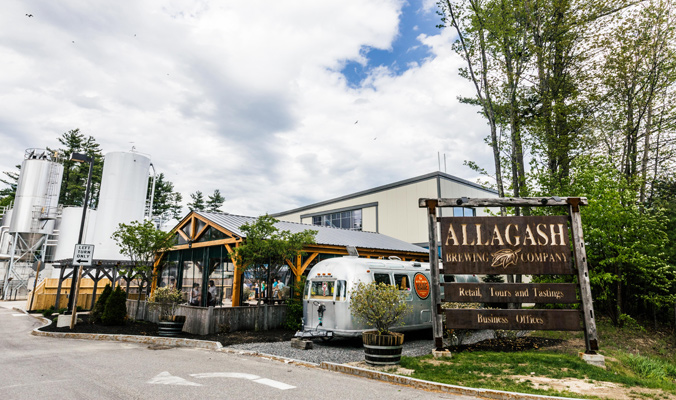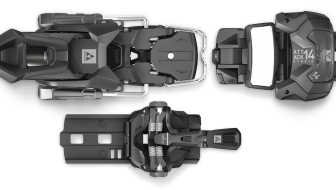
Some things just go together, like dive bars and ski bums, spring days and one-piece ski suits. We’ve applied that philosophy to this year’s Beer Guide, pairing 18 craft beers from around the country with how best to enjoy them—whether that’s hydrating throughout the day or being the guy who takes an Uber home from the tailgate. We’ve considered flavor, ABV, packability and skintrack cred to present the hoppiest, headiest and most satisfying beers—and how to fully drink them up.
For some, differentiating beers and breweries is an art form with its own brand of terroir and production nuances that affect flavor. But for the rest of us, just knowing the basics is enough, so here is a brief rundown of fermentation facilities and how to tell them apart.

[Photo] Courtesy Allagash Brewing
Micro: Breweries that produce fewer than 15,000 U.S. beer barrels, or 460,000 gallons, annually. There are no strict guidelines for brewing technique or ingredients.
Brewpub: A restaurant that brews and serves its own beer on its premises.
Nano brewery: Operations smaller than a microbrewery that still charge money. Like when your neighbor stopped giving you homebrew for free.










Related posts:
Silverton Heli Expansion Approved: Opposition Promises Appeal
Hop to It: Your favorite flower, explained
How world-champion freeskier Alison Gannett slashes glass ceilings
2017 Beer Guide: Hop Bombs